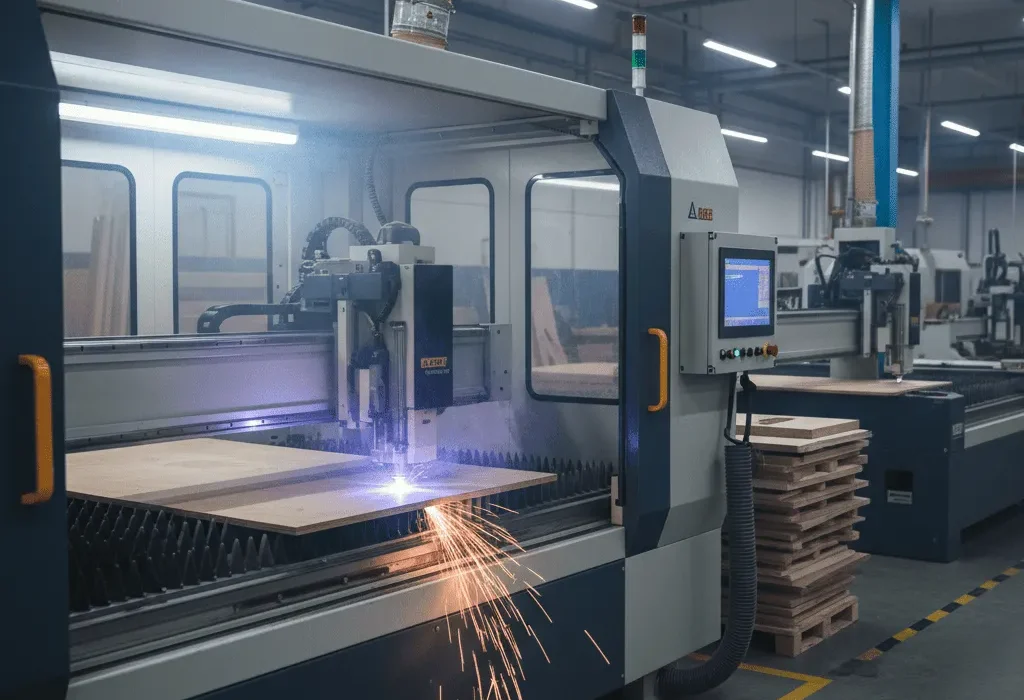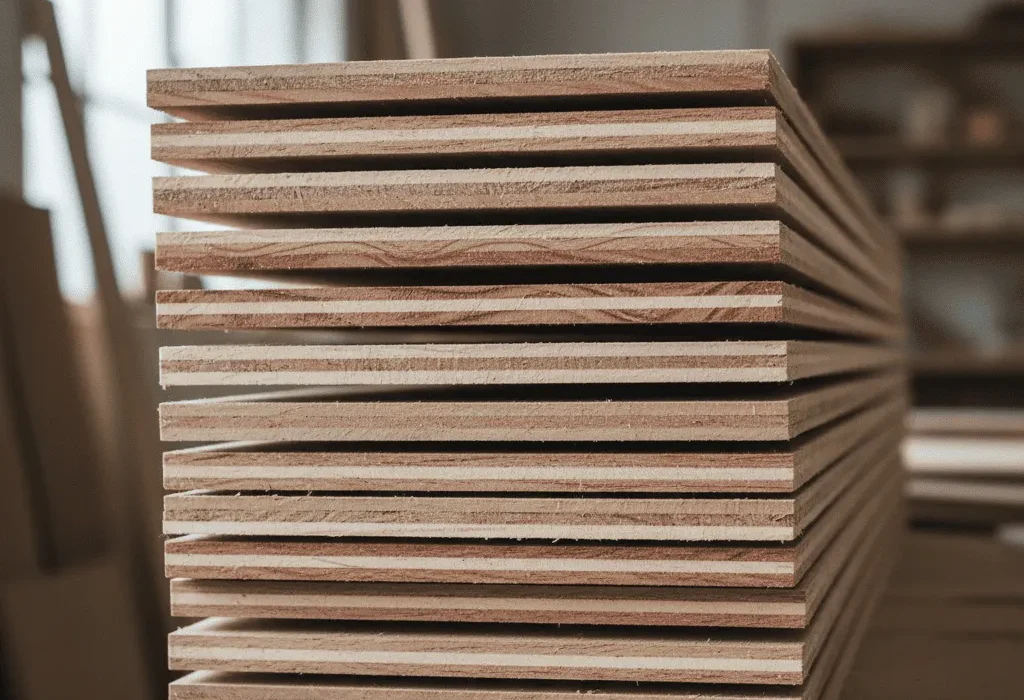Woodworking is one of the oldest crafts practiced by humans for thousands of years. It began with simple tools such as the axe to cut trees and shape wood, then evolved to the use of hand saws, followed by the introduction of mechanical saws during the Industrial Revolution.
Today, thanks to modern technology, woodworking relies on laser machines and CNC cutting, providing unmatched precision and high-speed production.
Key stages of development:
Ancient times: Axes and chisels.
Middle Ages: Hand saws.
Industrial Revolution: Steam-powered and electric saws.
Modern era: Laser and CNC technologies.
This journey shows how woodworking evolved from a traditional handcraft into a highly technological industry.



